What Feeds Can Mutton Sheep Eat in Winter?
Date: 12/25/2020 08:46:14 From: feed-pellet-plant.com Clicks:
In early spring and winter, the grass is withered and the nutritional value is low. Due to the severe cold, the body heat consumes a lot. The ewe is in the pregnancy and lactation period. At this time, feeding with hay alone cannot meet the nutritional needs of the sheep. In the correct feeding process, it is necessary to ensure that the protein, energy and other nutrients required by each growth stage of the mutton sheep are in a satisfactory supply and reasonable combination, and sheep feed pellets can be purchased. For large farms, you can buy a sheep feed pellet machine or a complete set of sheep feed pellet production line equipment to produce feed pellets by yourself, which can greatly reduce feed costs.
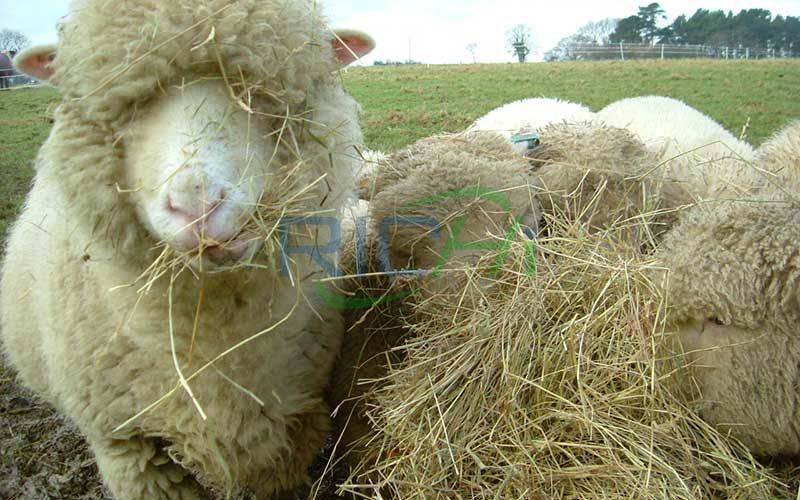
Utilization Characteristics of Meat Sheep in Winter
What Feeds Can Mutton Sheep Eat in Winter? The feeds supplied to mutton sheep mainly include green feed, silage, dry roughage, concentrated feed, juicy feed and inorganic salt feed.
1. Green feed; mainly wild weeds, various leaves and planted forage grass, straw, vegetable leaves, etc. If the mutton business wants to get a good development, we must pay attention to forage cultivation to improve the nutritional value and utilization of green feed. Cultivated forages should be mainly leguminous and gramineous. Leguminous forages are dominated by alfalfa, and gramineous forages are dominated by Sudan grass. Although leguminous forages have high nutritional value, the fermentable carbohydrates in the grass can produce a large amount of gas in the rumen of sheep, which is easy to cause rumen expansion. Therefore, leguminous forages should be fed with a controlled amount and with gramineous forages. Mixed feed.
2. Silage: It has soft texture, good smell and good palatability, and all kinds of livestock like to eat. In winter, adding silage to livestock diet can not only ensure nutrient supply, but also increase appetite. Because of its laxative property, it can overcome the shortcomings of constipation caused by feeding gramineous roughage. At the same time, through silage fermentation, feed that has poor palatability and is not suitable for direct feeding to livestock can be turned into good feed. It has been determined that the nutrient content of silage and green feed can lose up to 15%.
3. Dry roughage; there are green hay, legume hay, wheat straw, corn stalks, etc. The nutrient content of green fodder is relatively balanced, especially the protein of legume green hay is relatively complete, containing more vitamins and inorganic substances. However, coarse hay such as wheat straw and corn stalks contains less nutrients than green hay, and contains more lignin and less heat.
4. Concentrated feed (full price compound feed): There are many types of concentrated feed, which contain different nutrients, such as corn, which has high energy and less protein, especially the lack of tryptophan. Therefore, only feeding corn mutton sheep will be stunted. The protein content of beans is 1-2 times higher than that of corn. If the two types of feed are fed together, their nutrients can complement each other. When feeding sheep with soybeans, there is a problem to pay attention to, that is, soybeans contain an anti-enzyme substance that inhibits the action of trypsin, which can reduce the digestibility of dietary protein. Therefore, the soybeans should be boiled or fried first, and the inhibitors should be destroyed before feeding to increase the utilization rate of protein.
5. Juicy feed; refers to root feed such as carrots, feed beets, potatoes, etc., and melon feed such as pumpkins. Its characteristics: high water content, less crude fiber and more vitamins, crisp and delicious, high digestibility.
Therefore, the feed must be balanced during the feeding process. Only by obtaining reasonable nutrients can the production of mutton sheep show greater economic benefits.
The above is the article for you: What Feeds Can Mutton Sheep Eat in Winter?. If you are interested in our products or project solutions, please contact us. We will give you the best product quality and the best price. Email: enquiry@pellet-richi.com
Related Product
Production Line Equipment
related News
- >Uzbekistan Gizak 1t/h-2t/h Animal Feed Processing Plant for Floati
- >Analysis of Cost, Income and Economic Benefits of Large-scale Shee
- >The Feed Pellet Machine Makes Corn Stalks Into Cattle and Sheep Fe
- >50,000 ton/year Factory Price Easy to Maintain Cattle and Sheep Al
- >How to Make Caragana Korshinskii Into Cattle and Sheep Feed Pellet
- >What Is the Effect of Caragana Korshinskii Feed Pellets on Cattle,
- >50,000 Tons/year Caragana Pellet Cattle and Sheep Feed Production
- >How Much Does It Cost to Invest in a Pellet Processing Plant With
- >The Function of Modulator in the Processing of Cattle and Sheep Fe
- >30 Tons/hour Mixed Cattle and Sheep Feed Additive Production Line
Here you can submit any questions and we will get back to you as soon as possible. We will not disclose the information you submit to anyone, please rest assured.
Copyright© 2022 Richi Machinery. All rights reserved. Site Map


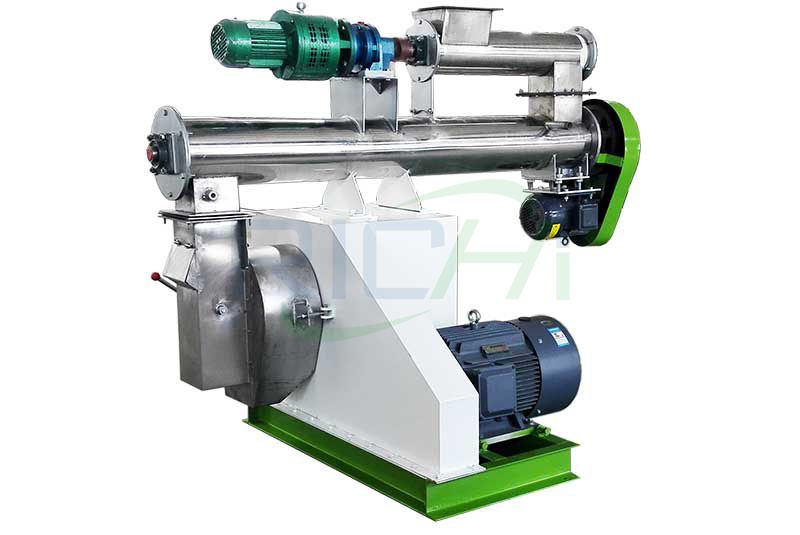
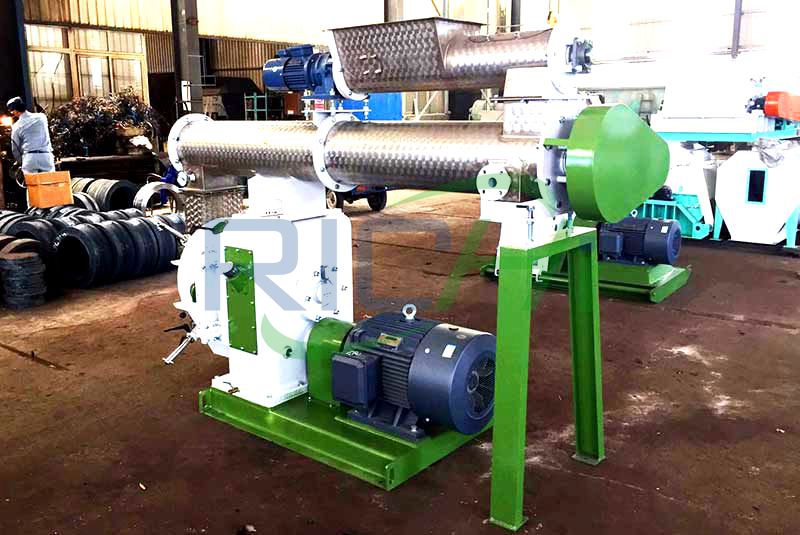
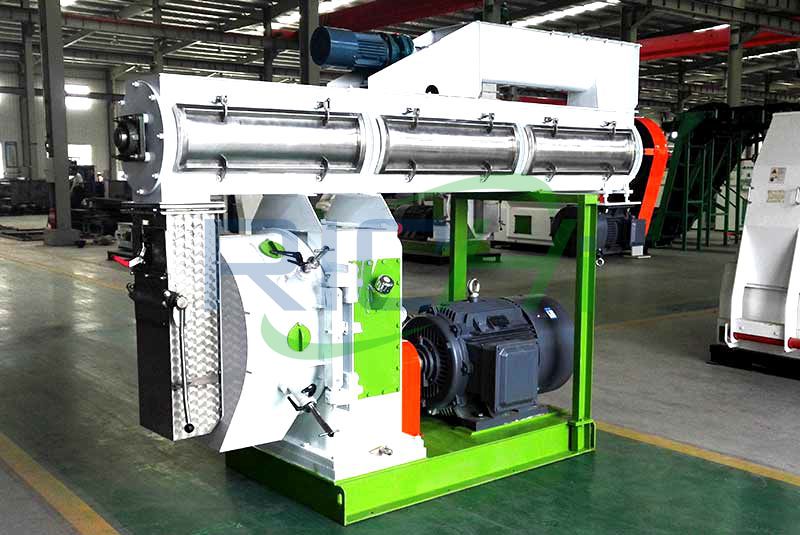
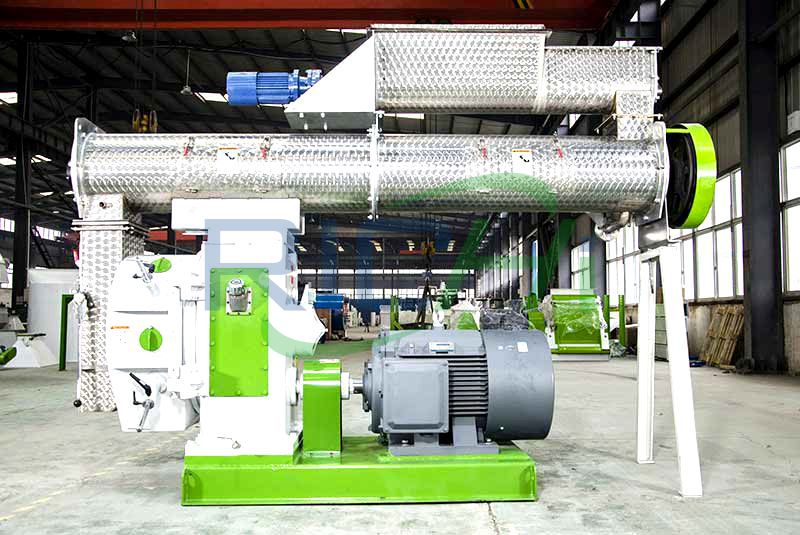
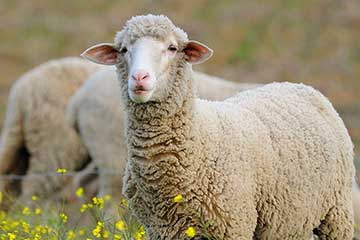
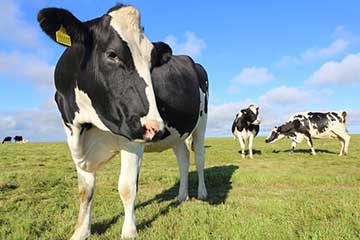
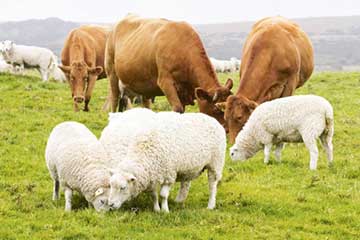
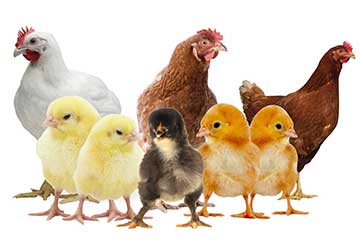
 Product Center
Product Center Get Latest Price
Get Latest Price